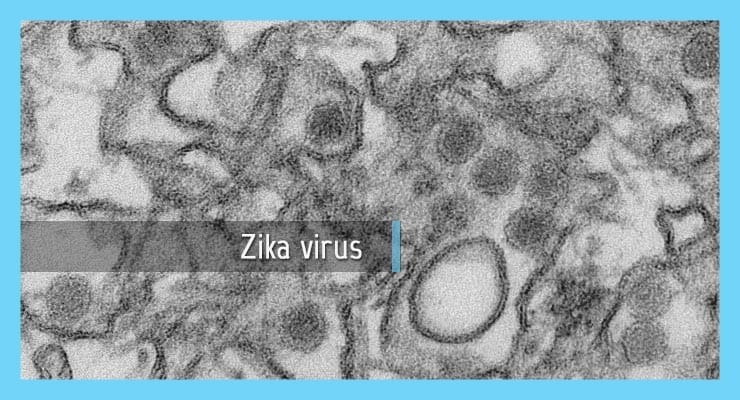
This article will explain what a diagnostics test looks like and answer your questions about your health. This article will explain the differences in X-rays, CT scans and MRIs and why each one is important. It will allow you to determine when you need to visit a doctor. First, confirm that there is a problem.
X-ray
An X-ray is a diagnostic test performed to produce images of various parts of the human body. This involves passing an electromagnetic beam through the body. Different tissues absorb different amounts of energy. Bones absorb more than soft tissue. The test result is then used to interpret the image. To obtain the best image, the patient must remain still. The technician will then place the x-ray film under the patient.

CT scan
CT scans utilize xrays to provide a series images of the internal organs. Patients are advised to drink half of a liter water before undergoing a CT scanner. They may also be asked to drink a dye or contrast medium to help the computer "see" the body's internal organs. The scanner moves the bed in and out, and special software is used to process the images. The CT scan can sometimes be quite noisy. Technicians may also ask you questions about metal items or medication patches.
MRI
An MRI diagnostics test forms pictures of anatomical structures and physiological processes using radio waves and strong magnetic fields. The technique can detect the presence of brain cancers, heart disease, and other serious diseases. During an MRI, the doctor can also check whether an organ is inflamed or has an infection. There are many advantages to this test, so you need to know all of them before scheduling one. These are the most common types for MRI testing.
Ultrasound
Medical ultrasound is a flexible technology that can be used to diagnose and treat patients. There are many uses for medical ultrasound, from diagnosis to therapeutic treatments. Here are the most common types of ultrasound tests. Learn all about these tests and the many uses they can have in your doctor's clinic. Here is a quick description of each. Ultrasound is an excellent diagnostic tool for diagnosing many health conditions. These are some tips to help choose the right one.

ROC analysis
When a diagnostic test is used to determine the presence of a disease, it is possible to produce false results. False positives can indicate that someone is positive for a diagnosis but not actually have the disease. False Negatives are when the person has the disease but the diagnosis has not been made. This is a common scenario. However, the problem with false positive results is that the diagnostic test will not give the correct result unless the cut-off value is changed.
FAQ
What are the three levels of health care facilities?
The first level is general practice clinics which provide basic medical services for patients who do not require hospital admission. If required, they can refer patients for treatment to other providers. This includes general practitioners, nurse practitioners, and midwives.
The second level includes primary care centers that offer outpatient comprehensive care including emergency treatment. These include hospitals and walk-in clinics as well as urgent care centers.
The third level are secondary care centers, which offer specialist services such eye surgeries, orthopedic surgery, and neurosurgery.
What is the difference between the health system and health care services?
The scope of health systems goes beyond just providing healthcare services. They include everything that occurs in the overall context for people's lives, including education and employment as well as social security and housing.
Healthcare services, on the other hand, focus on delivering medical treatment for specific conditions such as cancer, diabetes, mental illness, etc.
They may also refer to the provision of generalist primary care services by community-based practitioners working under the direction of an NHS hospital trust.
What will happen to the health care industry if Medicare is eliminated?
Medicare is an entitlement program that offers financial assistance to low-income families and individuals who can't afford their premiums. This program benefits more than 40,000,000 Americans.
Millions of Americans would be without coverage if this program was not in place. Private insurers will stop offering policies for people with pre-existing conditions.
What do you consider to be the most important public health issues of today?
Many people are suffering from diabetes, obesity, heart disease, cancer, and heart disease. These conditions cause more deaths yearly than AIDS, car crashes, and murders combined. A poor diet, lack exercise, and smoking can all lead to high blood pressure as well as stroke, asthma and other health problems.
What is the difference between a doctor and a physician?
A doctor is someone who has completed their training and are licensed to practice medicine. A physician is a medical professional who specializes in one field of medicine.
What are the health services?
A health care facility is one that offers healthcare services to patients. A hospital is one example of a health care facility. It usually includes many departments such as the emergency department, intensive care unit, operating room, pharmacy, outpatient clinics, etc.
What are the main goals of a system for healthcare?
Healthcare systems should have three primary goals: Provide affordable healthcare, improve health outcomes and reduce costs.
These goals have been incorporated into a framework known as Triple Aim. It is based off research by Institute of Healthcare Improvement. This was published by IHI in 2008.
This framework aims to ensure that we all focus on the same goals and can achieve each goal while not compromising other goals.
This is because they're not competing against each other. They support each other.
A better access to care can mean fewer deaths due to inability to pay. This helps to lower the overall cost of healthcare.
Improving the quality of care also helps us achieve the first aim - providing care for patients at an acceptable cost. It also improves the outcomes.
Statistics
- Healthcare Occupations PRINTER-FRIENDLY Employment in healthcare occupations is projected to grow 16 percent from 2020 to 2030, much faster than the average for all occupations, adding about 2.6 million new jobs. (bls.gov)
- The healthcare sector is one of the largest and most complex in the U.S. economy, accounting for 18% of gross domestic product (GDP) in 2020.1 (investopedia.com)
- Consuming over 10 percent of [3] (en.wikipedia.org)
- Over the first twenty-five years of this transformation, government contributions to healthcare expenditures have dropped from 36% to 15%, with the burden of managing this decrease falling largely on patients. (en.wikipedia.org)
- Foreign investment in hospitals—up to 70% ownership- has been encouraged as an incentive for privatization. (en.wikipedia.org)
External Links
How To
What are the main segments of the Healthcare Industry industry?
The key segments of the healthcare industry include medical devices, pharmaceuticals, diagnostics, biotechnology, therapeutics, health information technology, medical equipment, etc.
Blood pressure monitors, defibrillators and stethoscopes are all medical devices. These devices are designed to diagnose or prevent disease.
Pharmaceuticals are medicines that are prescribed to cure disease or relieve symptoms. Examples include antibiotics, antacids, antihistamines, contraceptives, etc.
Diagnostics are tests done by laboratories to determine illness or injury. There are many types of diagnostics: blood tests; urine samples; CT scans; MRI scans; X-rays.
Biotechnology refers to using living organisms (such as bacteria) to produce useful substances that can be applied to human beings. Examples include vaccines, insulin, and enzymes.
Therapeutics are medical treatments that treat diseases or alleviate symptoms. They may involve drugs, radiation therapy, surgical interventions, etc.
Software programs for managing patient records, including health information technology, are used by physicians and their staff. It helps them keep track of which medications they're taking, when they should take them, and whether or not they are working properly.
Any equipment used to diagnose, treat or monitor illnesses or conditions is medical equipment. Dialysis machines, pacemakers and ventilators are just a few examples.